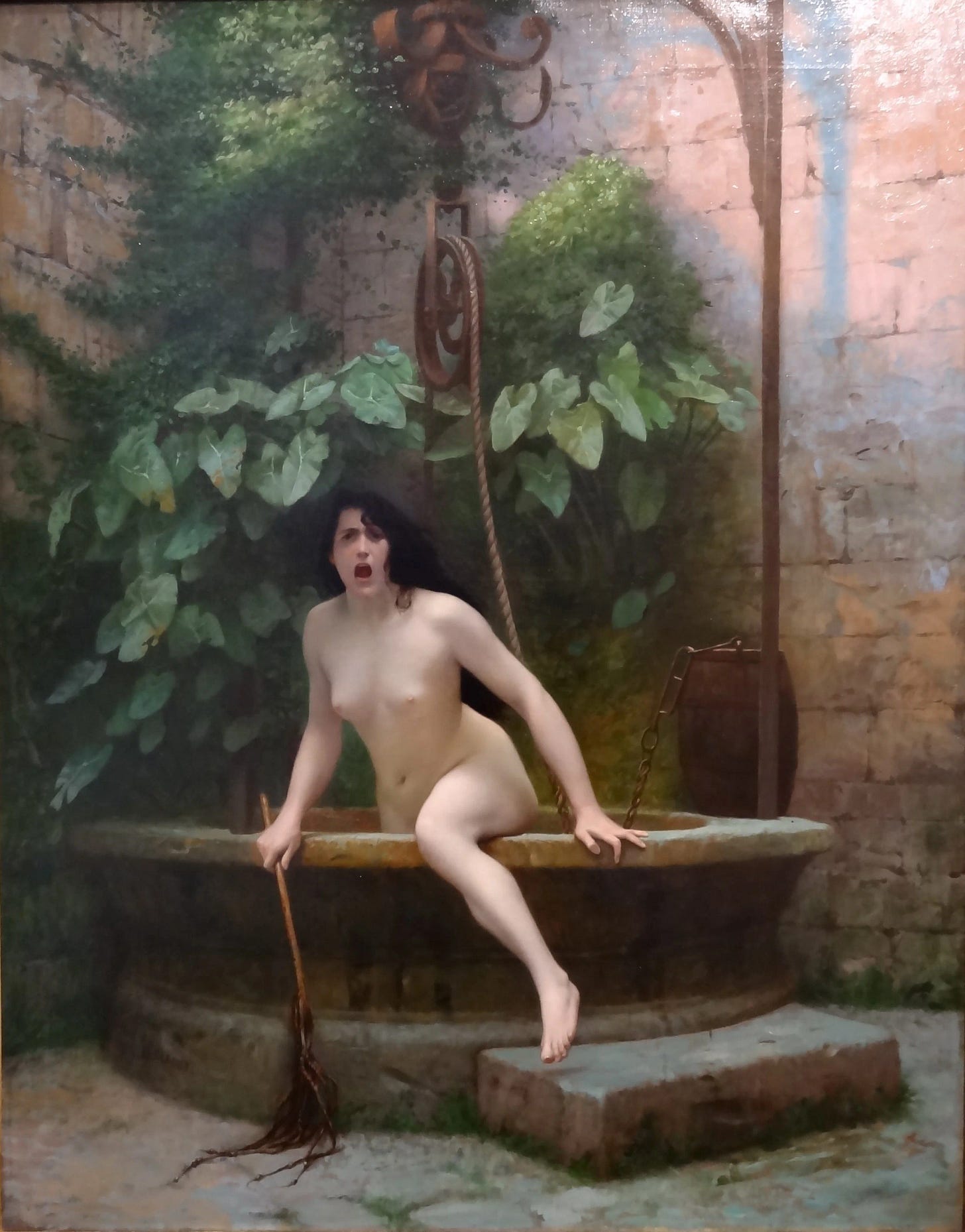The Truth Coming Out of Her Well
Hidden Truths and Their Consequences
“Sanity is not truth. Sanity is conformity to what is socially expected. Truth is sometimes in conformity, sometimes not.” —Robert Pirsig, author of Zen and the Art of Motorcycle Maintenance
I’ve just finished my upcoming book, THE ONE AND THE NINETY-NINE: Forging Identity in the Age of Social Contagion (June 2026), submitted to St. Martin’s Press last week.
First: thank you for your patience this past year, as my work here slowed down so I could focus on the most important words I have ever written. I expect to be back in full force soon. Your support of my work here means more than you know.
I’ve never felt so vulnerable as I did in writing this book because it required me to tell parts of my own story I’ve never shared publicly before. Nor have I ever felt so convicted of the importance of sharing them, because I know they can help others make sense of this moment, and the liminal spaces in their own lives—when we are not who we once were, but not yet fully who we will become.
As the…




